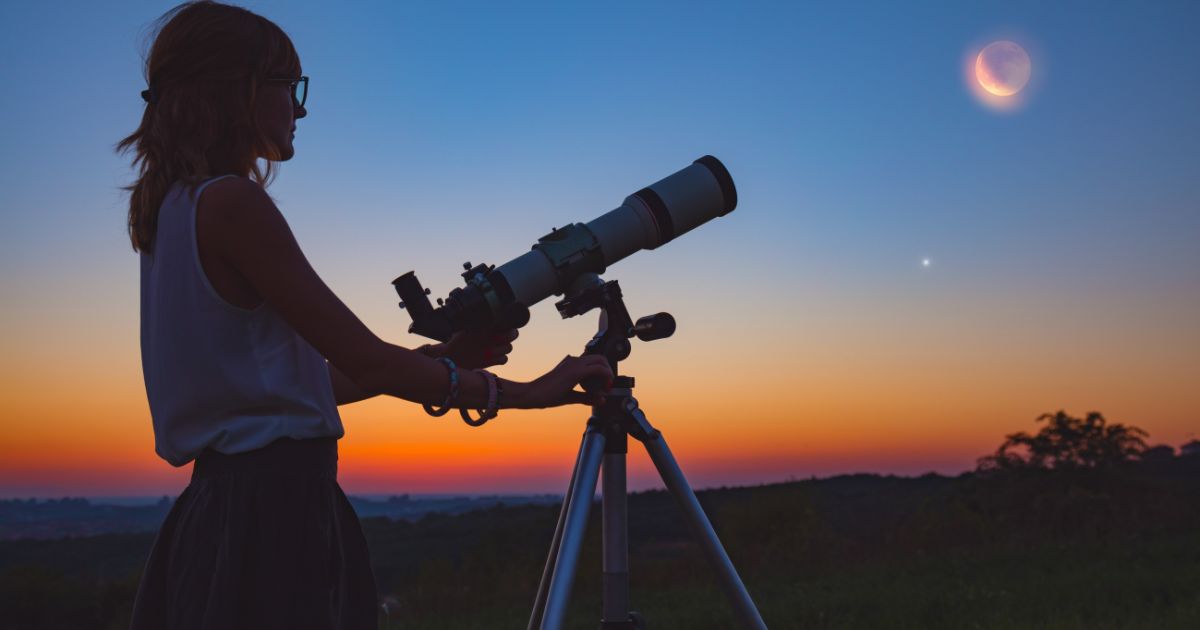The Summer Triangle is on the meridian at the end of twilight. The Milky Way flows down Cygnus, then splits and begins again north of Aquila. It continues south past the spout of the Tea Pot (Sagittarius).
If you remember from last year, Jupiter and Saturn were together in the constellation Capricornus. This year they are more separated, and Jupiter has moved out of Capricornus to the east through Aquarius and is now in Pisces. Jupiter is racing eastward at about one constellation per year. Saturn is farther from the Sun than Jupiter, so it appears to move about half its speed around the sky. Jupiter and Saturn are prominent throughout evening this month, and their prominence will continue for the rest of the year.
1 Summer Triangle on meridian at 10 pm – high in sky
3 1st Qtr. Moon
7 Moon at Perigee 14:19
10 Full Moon
16 Sun enters Virgo, 20:42
17 Last Qtr. Moon
19 Moon at Apogee 10:43
22 Autumnal Equinox at 21:04
25 New Moon
26 Jupiter at Opposition

Dates for the Phases of the Moon

Planetary Configurations
When at Opposition, planets will appear on the opposite side of the sky from the Sun – very roughly on the meridian at midnight.
Conjunctions are when the planet has the same “longitude” as the Sun. A Superior Conjunction is when the planet is on the other side of the Sun, and an Inferior Conjunction is when it is between the Earth and the Sun. Only Mercury and Venus can be at Inferior Conjunction. Maximum elongation is when Mercury and Venus appear farthest from the Sun in our sky. This occurs either in our morning eastern sky (mor.) or our western evening sky (eve.).
Do not apply the Ottawa-correction times to the times in this table.

Prominent Constellations by Seasons

Brightest Stars

One of Canada’s foremost writers and educators on astronomical topics, the Almanac has benefited from Robert’s expertise since its inception. Robert is passionate about reducing light pollution and promoting science literacy. He has been an astronomy instructor for our astronauts and he ensures that our section on sunrise and sunset, stargazing, and celestial events is so detailed and extensive it is almost like its own almanac.













